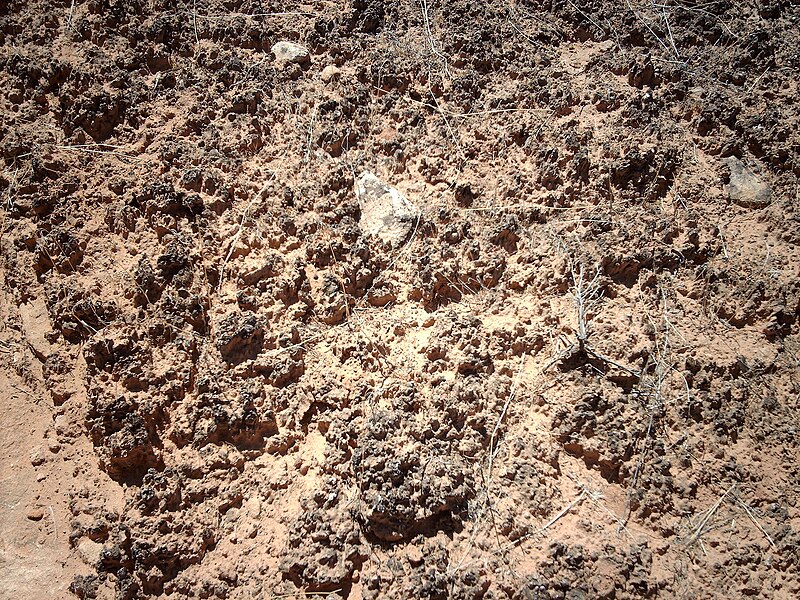GTC 1 Traditional Geocache
-
Difficulty:
-

-
Terrain:
-

Size:  (small)
(small)
Please note Use of geocaching.com services is subject to the terms and conditions
in our disclaimer.
This is an EXTREME series of caches. Be prepared or do not attempt this piece of geoart.
This is a series of tribute caches to Cachers who love to hike. If you would like to take spare containers with you, please contact us for the coordinates to a stash of containers.
These caches have been placed on the Cedar Butte Wilderness Study Area through an agreement with the BLM. The following rules for Geocachers seeking these caches must be complied with or the caches will be removed.
A. All garbage must be removed and any garbage found will be removed. Practice Cache In Trash Out (CITO)
B. No motorized vehicles are allowed within the Cedar Butte WSA. All of these caches are within the WSA
C. All motorized vehicles must stay on existing routes outside the WSA. Do not create new roads.
D. Spread out when in a group instead of following single file through the vegetation. Human-caused trails are less likely to develop when cachers practice this technique
E. Be aware of Cryptobiotic crust. This crust could take more than a century to regrow. Do not walk over areas that are covered by Cryptobiotic crust. See the description and photo below taken from Wikipedia
F. Do not disturb or remove vegetation. These caches are hidden such that vegetation does not need to be disturbed
G. Do not create rock cairns to hide the caches
H. Do not add caches to the WMA without BLM approval. .
A four wheel drive or high clearance vehicle is required for the initial access to these caches. It is mandatory that you hike to the actual caches as the use of any type of vehicle is not allowed onto the lava flow. These caches are on a geologically recent basalt lava flow so walking is about the only option anyway.
Please don't head out to this area if it is raining or wet as, at best, you'll tear up the road and, at worst, you'll get stuck. If you're smart, you will only use four wheel drive to get out of the desert if it starts raining or leave before it rains if you do not have a four wheel drive.
I'd highly recommend waiting for the snow to melt before trying for this series of caches. The terrain ratings reflect hiking out on a basalt lava flow. The cache series extends over 2 miles out into the flow and you will walk more than 10 miles to get all the caches. This is a serious hike. It took us 14 hours to place the caches over uneven rocky terrain. Make sure you take plenty water, sunscreen, snacks, and a pen. Boots with rigid soles are highly recommended. Small children and most young teenagers would not be able to handle this hike. These caches were not intended to contain trade items. Bring your own pen.
A Cryptobiotic soil is a biological soil crust composed of living cyanobacteria, green algae, brown algae, fungi, lichens, and/or mosses. Commonly found in arid regions around the world, cryptobiotic soils go by many names, including cryptogamic, microbiotic, or microphytic soils or crusts. Soil crusts are important members of desert ecosystems and contribute to the well-being of other plants by stabilizing sand and dirt, promoting moisture retention, and fixing atmospheric nitrogen.
Because of their thin, fiberous nature, cryptobiotic soils are extremely fragile systems. A single footprint or tire track is sufficient to disrupt the soil crust and damage the organisms. While some species within the soil crust system may regrow within a few years of a disturbance, the damage to slow-growing species may require more than a century before the delicate soil returns to its former productivity.
This sensitivity to disturbance means that geocachers in arid regions should be mindful of their impact on cryptobiotic soils. As a general rule, cachers should stay on pre-existing roads and trails, only traveling off-trail on durable surfaces such as bedrock or river gravel. A picture of Cryptobiotic Soil follows.

Additional Hints
(No hints available.)